Rebecca Cappelli’s Slay, a euphemism as good as any, revealed the ugly truth behind fashion’s ‘natural materials’. The most heartbreaking for me, personally, was the reality of the leather industry. From the inhuman treatment of the animals to the harmful effects this industry poses on the people employed by it, the documentary ignited something in my mind. I already knew about leather and many of its implications. So, why was I so enraged by it? I realised, I preferred to skip these uncomfortable facts and figures, because you know ‘out of sight, out of mind’. However, this time I couldn’t.
And here’s why.
Most of the leather we wear is produced in just a few countries: India, Russia, Italy, Brazil and China, with Kanpur, India, labelled the Leather City of the World. Leather is commonly justified as a by-product of the meat industry, hence implying there is no direct link between the killing of animals and that favourite leather jacket of yours. This couldn’t be further from the truth. According to a report by Collective Fashion Justice, called Under their skin: Leather’s impact on the planet, leather is in fact a valuable co-product of the meat industry, and is the largest contributor to deforestation, especially in the Amazon.

So, when Slow Fashion India introduced their Know Your Leather Campaign, and asked if we, at Pretty As You Please, would like to collaborate, I knew exactly what I wanted to talk about: Cruelty-free, plant-based leather alternatives.
The vegan leather wave began with pleather or plastic leather, though that wasn’t plant-based. It was an inexpensive synthetic substitute made by bonding the plastic to a fabric backing. Apart from the obvious, pleather is made from PVC or polyvinyl chloride, which Greenpeace has called the ‘most damaging plastic on the planet’.
Fortunately for us, with time and technology, we now have a number of plant-based alternatives that seem to be prettier for the planet as well as for the people working in the production cycle. According to a report by Grand View Research, the world market for vegan leather could be worth $85 billion by the year 2025. But what is the real impact of these plant-based leathers? How good a job can they do, standing in for leather? Or mitigate its ill-effects? We decided to examine the five most popular plant-based leathers in the market.
1. Mushroom leather
Made from: Mycelium, the vegetative part of a fungus.
The pretty: Popular as MuSkin, Mylo Unleather and Reishi leather, mushroom leather has been hailed as the best plant-based alternative to animal leather. Mycelium grows naturally and can also be cultivated on almost any kind of agricultural waste, including corn cobs, wood chips and straw, making the manufacturing process closed-loop (the materials used in the production come from post-consumer waste). It takes anywhere between two and three weeks to grow,making mushroom leather cheaper and more environment-friendly than most other leathers. The waste left from the production of mushroom leather can be further used as an organic fertilizer or even for beekeeping. It is totally biodegradable and compostable.

Mushroom leather is lightweight, highly absorbent and has proven to be safe for people with skin sensitivity. According to tests conducted by Zvnder, a German company specialising in mushroom leather accessories, mushroom leather shoes have been known to soothe conditions like athlete’s foot and eczema.
The amazing part is that the texture and colour of the Mushroom leather can be altered, and the output can feel similar to animal leather, with strong resistance to wrinkling and piling. Vegan mushroom leather can also be easily printed on, stitched, embossed and embroidered.
The not-so-pretty: The most commercially available mushroom leather, Mylo Unleather, made by Mylo, has plastic as an essential component for achieving the durability and texture demanded by the leather market. Moreover, Mylo, which has collaborated with brands like Adidas and Lululemon, is quite tight-lipped about their manufacturing process, making transparency a major issue.
2. Piñatex
Made from: Pineapple leaf fibre

The pretty: Piñatex, the name for pineapple leather patented by Ananas Anam, is a natural, non-woven material made from waste pineapple leaves, promoting a circular economy. The global pineapple industry produces about 13 million tonnes of waste, of which 40,000 tonnes are pineapple leaves. Being sustainably-sourced and cruelty free, the production of this plant-based leather provides employment and extra income to local farmers in the Philippines, where Ananas Anam have developed their own machine to make the process easier for them. The post-production waste is used as fertilizer for the soil.
Unlike animal skins, Piñatex requires no heavy metals or toxic substances for tanning, and consumes way less water or resources.
Pineapple leather is also quite versatile with its texture and colours, and is almost 30% cheaper than traditional leather. As of today, it’s being used by more than 500 manufacturers for accessories, handbags, shoes, outerwear, home furnishings and even automotive upholstery.
The not-so-pretty: Although the base material of Piñatex is fully biodegradable, under controlled industry conditions, the leather itself is only 80% biodegradable. Apart from its production process being labour intensive, the Piñatex fabric has low thermal stability and elasticity, and doesn’t prove useful in keeping one warm, especially in comparison to a pure leather product. Piñatex also needs maintenance and care, or it can damage easily.
3. Cactus leather
Made from: Nopal cactus (prickly pear)
The pretty: The Nopal cactus is harvested twice a year by cutting off only the cactus leaves, so the cactus isn’t harmed and can continue to grow. Being quite a sturdy plant, it grows quickly with minimal water use or pesticides, and is even considered drought tolerant, becoming a steady source of income for farmers. This plant is also known to sequester carbon (it pulls CO2 out of the atmosphere and stores it), which is important to slow down global climate change.

Currently, Desserto, a Mexico-based brand, is the only manufacturer of cactus leather. Being certified organic, the farming practices use only natural methods in the production, using rainfall to water the crops and the sun to dry the cactus mulch, in comparison to the labour-intensive mechanical methods of traditional leather. The waste from the process is used for animal feed or is directed to the food industry. A study shows that the performance of the fabric is comparable to conventional leather. Desserto’s cactus leather also claims to be durable, waterproof and breathable.
The not-so-pretty: Although the cactus leather is a bio-based material, it is often backed with other materials such as recycled cotton and polyester, making it only partially biodegradable. As the cactus leather is only produced by Desserto, the price of this material is the same as conventional leather, making it less accessible in comparison to other plant-based leather alternatives in the market.
4. Cork leather
Made from: Cork
The pretty: The cork oak, also called Quercus suber, grows mainly in Portugal and Spain, and can grow up to 20 meters and have a life expectancy of about 300 years. The cork is extracted from the bark of the tree with an axe, while making sure the phellogen (outer bark) and thus the tree are not damaged. Despite cork’s physical appearance, the cork fabric does not crumble or tear, in fact the material is extremely flexible, thin and leather like. The production of cork leather is 100% free of chemicals.
Since the discovery of making cork leather from wood, this fabric is being used widely in the fashion industry to make accessories, furniture, clothes, yoga mats, shoes and wall hangings.

The not-so-pretty: Despite the fact that the cork oak can proliferate naturally by dropping acorns that mature themselves into productive trees, once the cork is harvested from the tree, it may take anywhere from nine to 13 years for the tree to fully recuperate and recreate the cork. This can be stressful for the tree and quite a bit of an intervention for the natural ecosystem. Also, to make the cork leather fabric, an additional fabric layer needs to be supplicated, which more often than not is polyester, which ends up making the product non-biodegradable, besides increasing its impact.
5. Coconut leather
Made from: Coconut water and agricultural waste
The pretty: Malai Biomaterials, a Kerala-based (yes, an Indian innovation!) startup, is making this leather from organic and sustainable bacterial cellulose, grown on the waste from the agriculture industry (fibre from banana stem, sisal fibre and hemp fibre). The manufacturing unit is based in Kochi, a region where coconut cultivation is an important source of income for the farmers and a huge chunk of the local economy. The company works with coconut farms that retrieve the waste coconut water that would otherwise be released into the drainage system, and pollute the water and soil by becoming acidic. On average, the coconut processing unit disposes of 4,000 litres of water, which can be used to make 320 sq. meters of the Malai material.
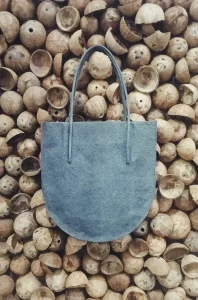
Certified by PETA, the Malai coconut leather is strong, durable, water resistant, flexible, breathable and 100% biodegradable. With a texture and feel similar to real leather, it is available in a range of earthy colours through the use of mordant-free natural dyes. This fabric consumes less water and energy resources, with no external chemicals used in its manufacturing. A product from Malai can last anywhere from four to eight years, and is home compostable, where it will decompose fully within three to four months.
The not-so-pretty: Apart from the questionable durability of this fabric, in comparison to traditional leather, this fabric also requires upkeep. As it is only being produced by a single company, the use of this leather is comparatively lesser known, which affects accessibility. Here’s hoping, in times to come, that this homegrown brand continues to grow bigger, and reach people and places.

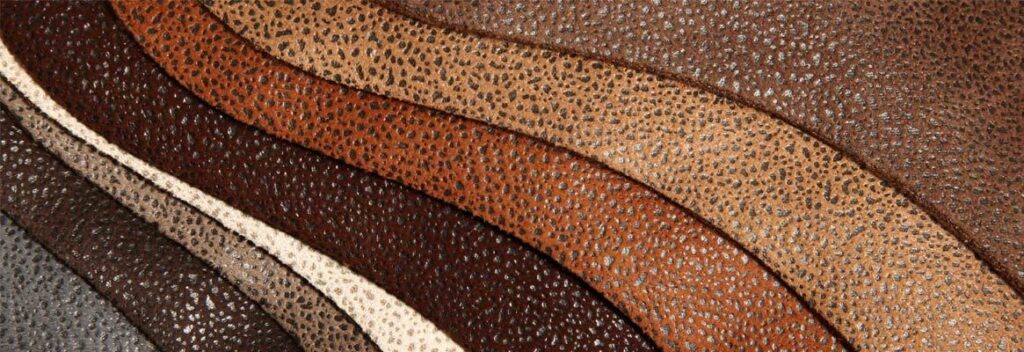
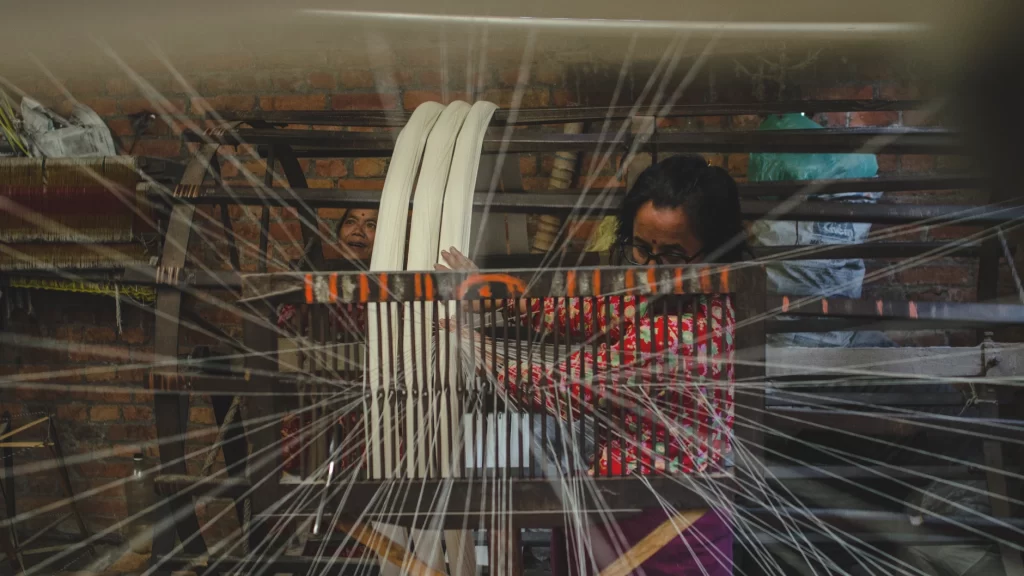
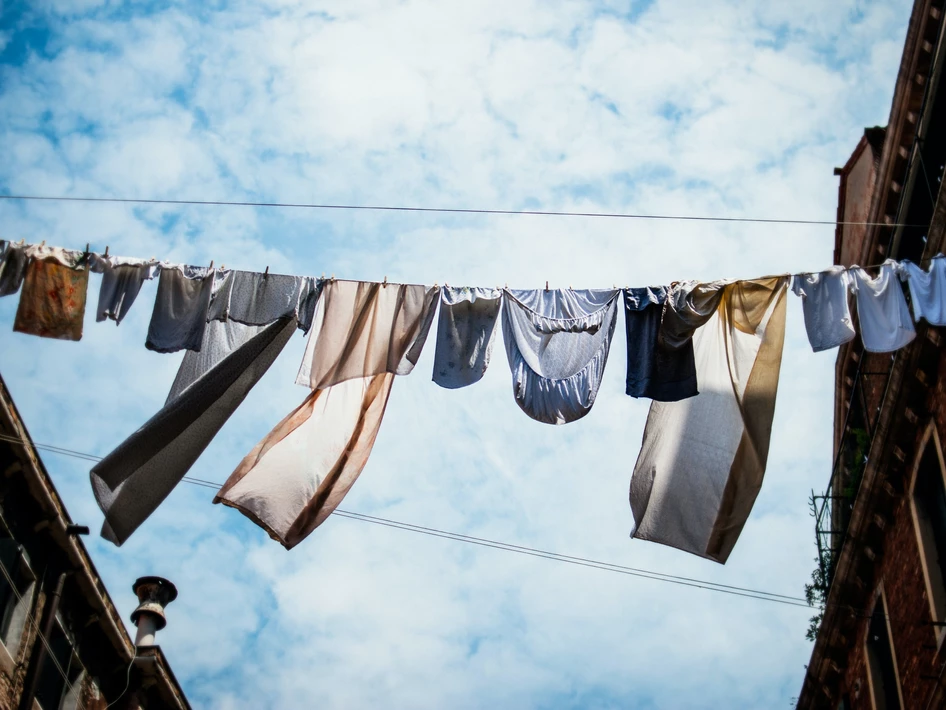
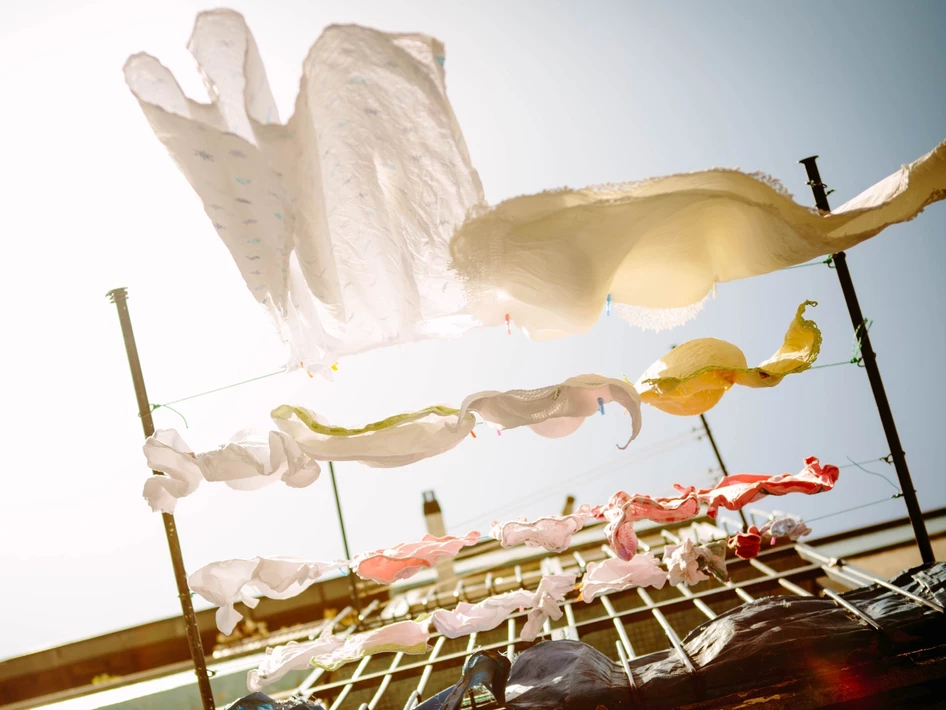
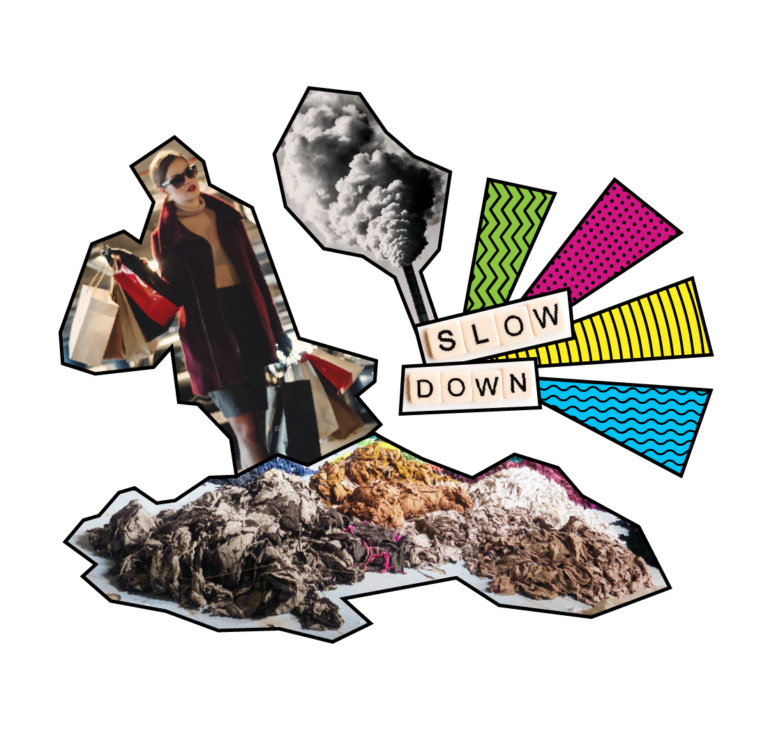
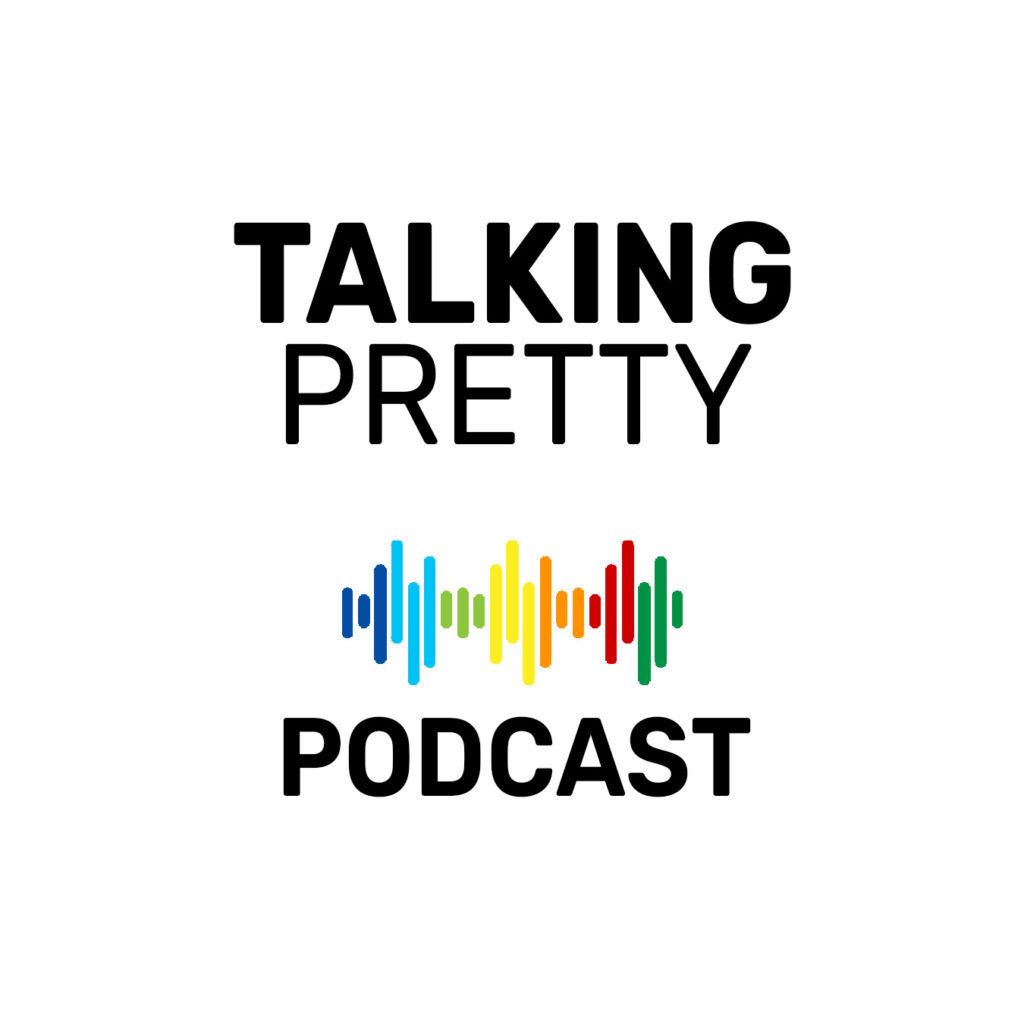
Pingback: Should we be buying leather? - Pretty as you please